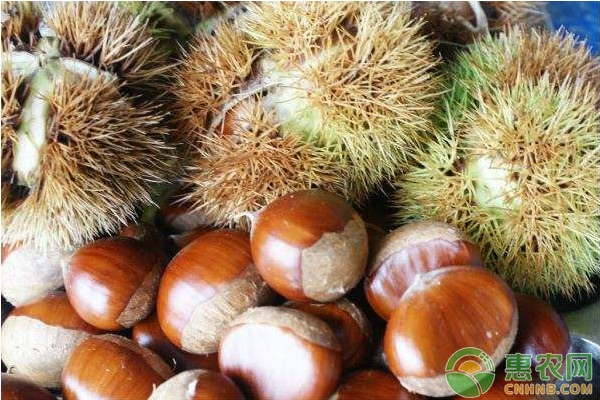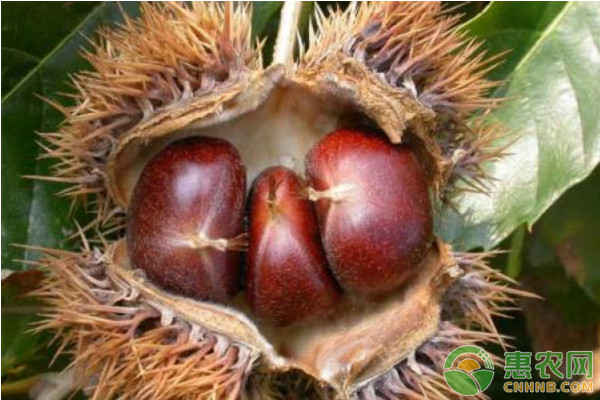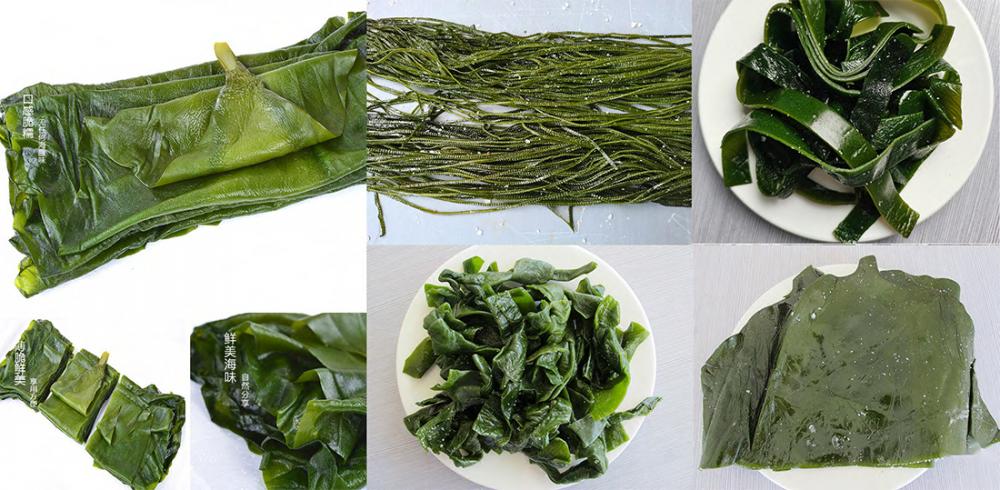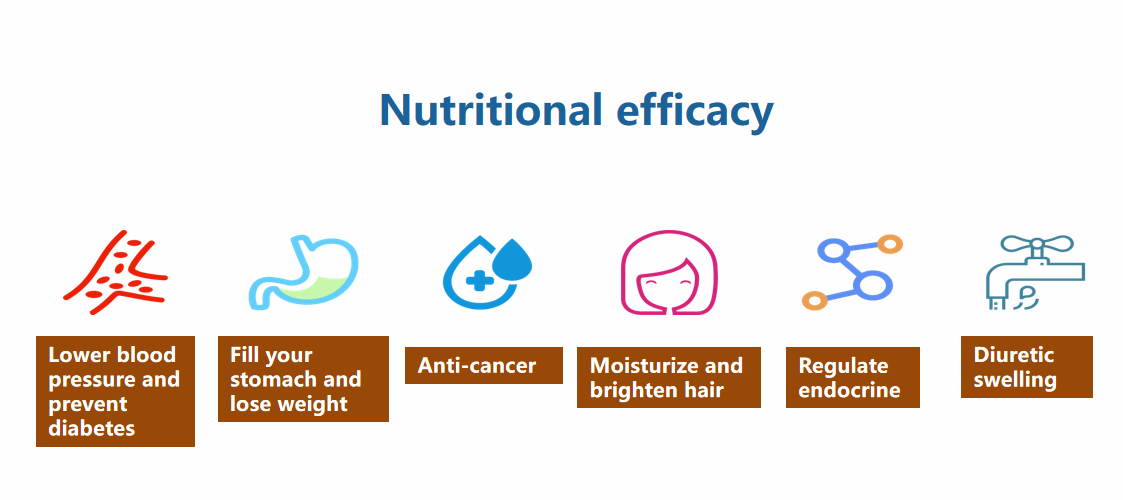Nowadays, the chestnut trees in the Taihang mountainous area of ​​China are mostly densely planted gardens. The farmers' pruning techniques are not refined, and the problem of illumination is not considered. As a result, the “bare belts†in the trees are lengthened, and the results are shifted outwards, and the branches are externally branched. The output is low and unstable. In order to achieve quality and efficiency, we must transform the existing tree structure. Let's learn about the technology and management points of chestnut control in Taihang Mountain.

1 real pruning technology
In most parts of the past, the chestnuts were harvested and pruned immediately after harvesting. The male branches, the delicate branches and the long branches of the inner scorpion were all removed, leaving only the result branches outside the canopy. The advantage of this pruning measure is that the workload is small, the pruning speed is fast, and the unproductive branches are removed from the internal hemorrhoids, which is beneficial to the nutrient concentration to supply the fruit growth, but it is easy to make the back of the backbone branches bare, and the result is quickly outside. Move to reduce the yield of chestnut and shorten the fruiting period. The chestnut tree should adopt the method of solid excavation.
1.1 Technical advantages
The pruning of chestnut trees has always been circulated in the production area: one is the clearing and pruning method, and the other is the real pruning method. After years of comparative observation and production practice, the actual pruning has a significant yield-increasing effect compared to clear pruning, and generally can increase production by more than double.
1.2 Technical purposes
The use of real pruning technology can improve the illumination, control the height of the canopy (3.0 ~ 3.5 m), maintain a reasonable crown spacing (generally about 100 cm), ensure good light in the tree body; adjust the distribution of the inner twigs, and cultivate robust results Mother branches, to ensure the balanced results of various parts of the canopy, in order to enhance the tree potential, to maintain a reasonable and stable number of mother branches to increase chestnut yield.
1.3 Technical points
1.3.1 Liufeng Production
When you remove the big branches, you should leave the scorpion, that is, leave 10 to 20 cm of scorpion when sawing the big branches, in order to facilitate the sprouting of new branches in the coming year. But it can't be left everywhere. If the big branch that the tree retains is too prosperous, there is no need to stay in the high yield to ease the branch and balance the tree.
1.3.2 Reasonable use and control of long branches
Choose a long branch with good orientation, oblique side growth, full growth, space, length less than 30 cm, and a long distance of 50 cm in the same direction. In the result, the long branches of the tree can be controlled to transform, making it the result of the branch group, enriching the guilt; the weak tree, the long branch of the aging tree, can be used to update and rejuvenate. Long branches with a length of more than 30 cm will be short-cut, otherwise the branches will be tightly squeezed and the canopy will be closed, which will affect the ventilation and light transmission.
1.3.3 Reasonable control of load
For strong trees, open the middle or weak branches of the angle, and leave some of the resulting mother branches to weaken the tree; for the weak trees, keep the branches, and choose the direction of the good, angled opening, the short branch To enhance the tree.
1.3.4 to achieve low south and high north
From south to north, the first row of trees is slightly lower than the second row, the second row is slightly lower than the third row, and so on, so that the first row of trees in the south is the lowest in the first row, and the last row in the north is the highest. . When trimming a single tree, it is also necessary to ensure that the branches are low in the south and high in the north. When the branches are sparse, the branches of the south should be sparse. Let the entire chestnut garden receive the most light and improve the ventilation and light transmission conditions.

2 natural happy technology
Reasonable plastic trimming can form a good structure, make the tree skeleton firm, the branches are moderately dense, and can regulate the relationship between vegetative growth and reproductive results, so as to achieve high yield, stable yield, high quality, high efficiency, robust and longevity. . Through the observation of production practice, the happy shape and layered structure have better ventilation and light transmission effect, and the yield per unit area is higher.
2.1 Technical advantages
The natural happy shape shaping and pruning technique we tested has the characteristics of early tree formation, rapid crown extension, early results, high yield, and no shifting of the result parts.
2.2 Technical methods
The natural happy shape leaves the first side branch at 60 cm, and then leaves the second and third side branches at a distance of 25 to 30 cm. The angle between the three side branches is maintained at about 120°, and the side branches and the trunk remain at 45. ° Left and right.
2.3 Basic principles
In principle, there are 3 to 4 main branches in each tree. The crown is short and open, and the inner raft is well ventilated and suitable for close planting.
2.4 Big Tree Reconstruction
It is very difficult for the big tree to re-cultivate the main branch, but because the tree is pruned and the shape of the branch is used, the tree shape and the tree shape cannot be over-emphasized, otherwise the production will be seriously affected.
2.5 Specific methods
Eliminate the erect backbone branches that seriously affect the light, open the inner sputum light, and cultivate the inner sputum result branch group. At the same time, the branches and sticks at the front end of the branches are re-branched, and the lower part of the bare part is extracted, and the fruit branches are drilled through 2 to 3 years. 3 to 4 of the main branches of the happy tree, the thickness of the leaf layer is maintained at about 80-100 cm, the light-emitting area of ​​the tree is more than 75%, and the projected area of ​​the canopy is 0.8 kg/m 2 or more.
3 Management points
(1) In the pruning, it is necessary to comprehensively consider the two factors of chestnut variety and tree potential to determine the amount of staying per square meter. In general, every 16 healthy fruit shoots can produce 1 kg of fruit, and 6 fruity varieties of large fruit varieties can be reached. Generally, the 6 to 8 fruiting branches of the chestnut tree can produce 1 kg of fruit, and the 12 to 16 fruit branches of the moderate tree can produce 1 kg of fruit.

(2) It is also necessary to reasonably predict the production according to the local cultivation technical conditions. If the expected yield per mu is 200 kg, then 6 to 8 result mother branches per square meter of canopy projection (about 4 000 per acre) If the expected yield per mu is 300 kg, it is necessary to retain 10 to 12 fruiting branches (about 6,000 per acre).
(3) Pest control: Carnivores, weevil and other leaf-feeding pests, it is recommended to use insecticidal lamps to kill, chemical agents, sprayed insects and other drugs. If the interface is ill, it can be coated with Bordeaux mixture for prevention and treatment. In addition, the use of odor-causing pesticides with flour and paste, coated on loose plastic sheets to prevent the damage of the winged moth.
(4) Fertilizer and water management: After grafting, the topdressing will be carried out once in mid-June and late July, and several top-loading top dressings will be carried out according to the growth conditions. Choose appropriate crops, improve soil nutrient structure, increase soil fertility, and promote chestnut growth and harvest. The chestnut garden needs to be ploughed twice a year, the first time in the late autumn or early spring, the depth of the ploughing is 15 to 20 cm, and the second time is 12 to 16 cm during the summer to the white dew. In combination with tillage, the grass is turned into the soil and soil culture is carried out at the same time. Fertilization is very important for improving chestnut yield. It is mainly based on organic fertilizer and applied to the edge of the canopy. In winter, the organic fertilizer is applied in the groove-shaped ditch, the ditch depth is 15-20 cm; the radial or hole application of chemical fertilizer is adopted in spring and summer; the large-area chestnut garden which is concentrated and contiguous can be combined with fertilization in spring and autumn. During the fruit expansion period, if the autumn drought occurs, weeding should be strengthened to remove weeds, keep water and drought, and properly irrigate.
In summary, pruning is an important measure in the management of chestnut cultivation. Therefore, all the chestnut growers must study hard and firmly grasp it!
Salted Kelp Strips
The so-called original ecological kelp means that we pack the young kelp with saturated salt water directly after washing without any preservatives.Original ecological products are the favourite of housewives.
Salted kelp:
How to eat:
- Soaking about 30 minutes to moderate salty
- Cook . make salad or add to hot pot after draining the wate

The difference between deep sea kelp and traditional ordinary kelp
Nutrational Effects

Salted Kelp Strips,Seaweed Organic,Kelp Foods,Kombu Seaweed
Shandong Haizhibao Ocean Science and Technology Co.,Ltd. , https://www.haizhibaoseafood.com